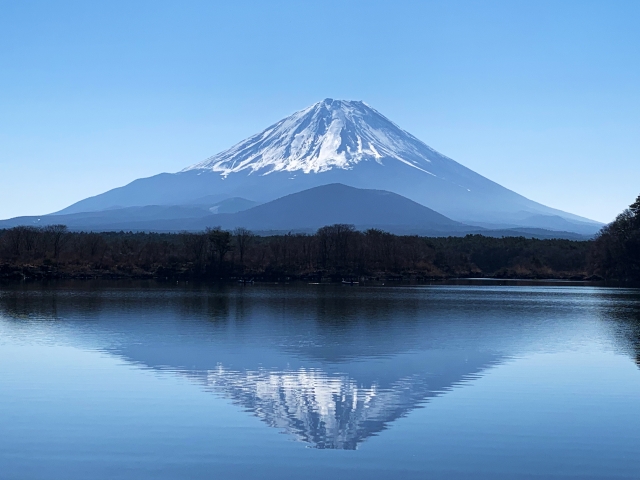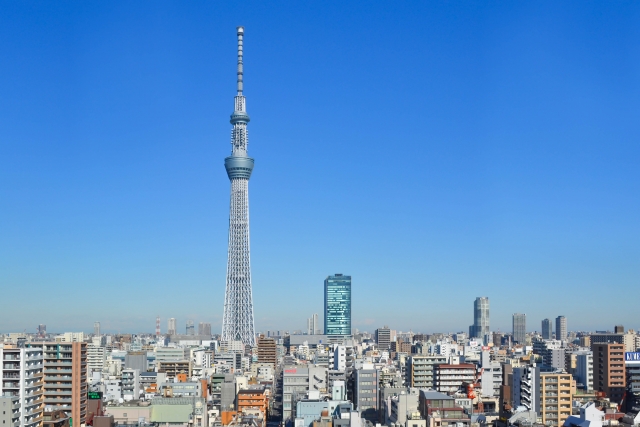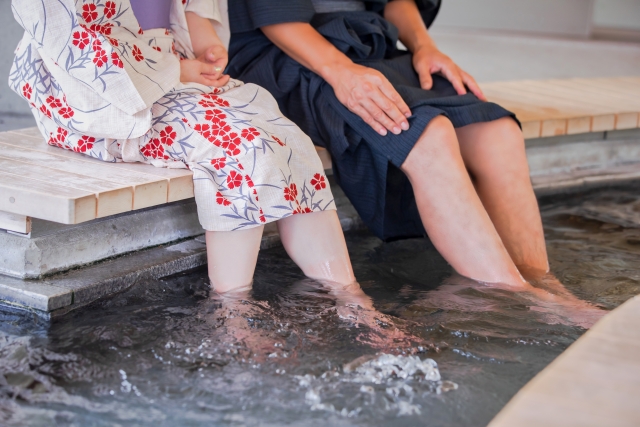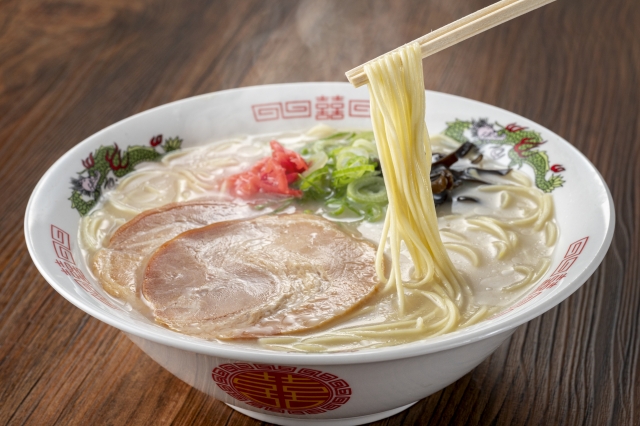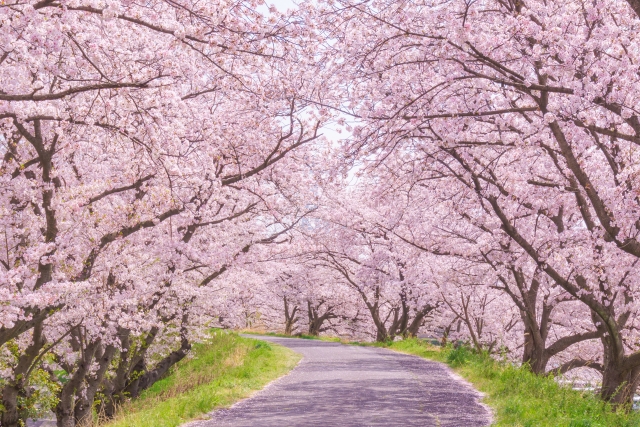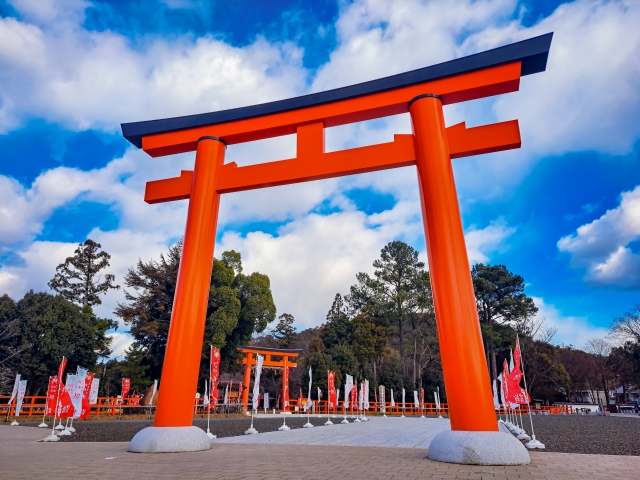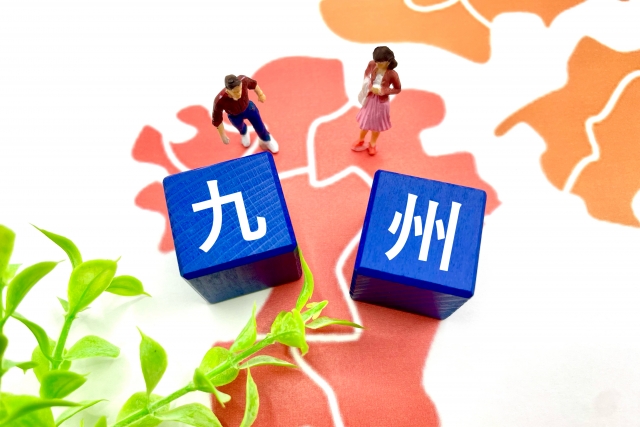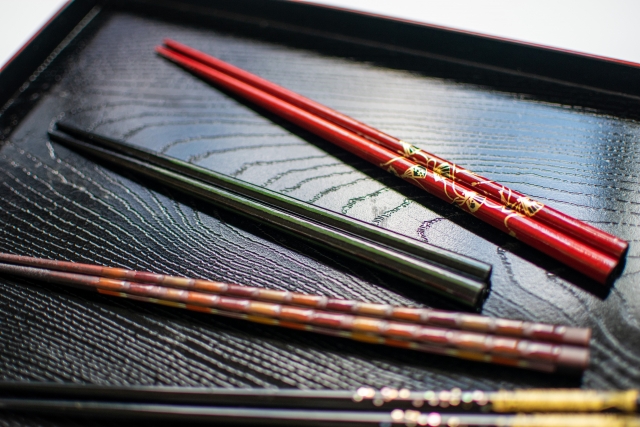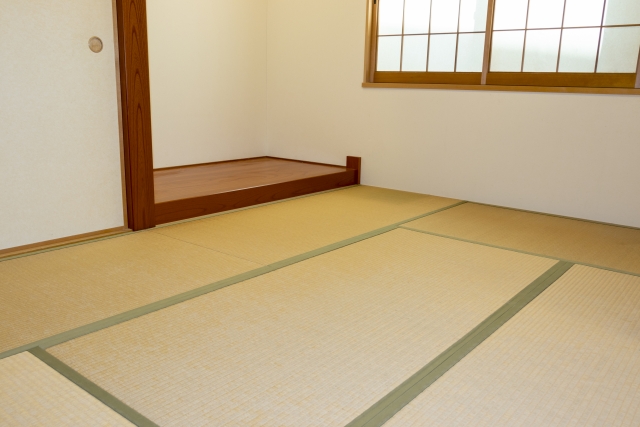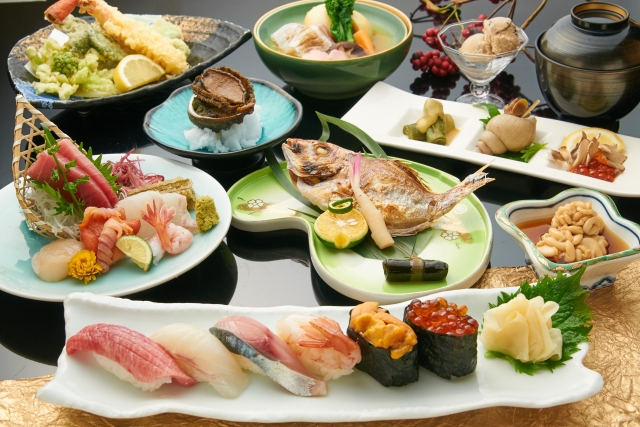Mt. Fuji, the tallest active volcano in Japan (3,776 meters above sea level), attracts visitors from all over the world.
Mt. Fuji was designated as a World Cultural Heritage site in 2013 under the name of “Fujisan, sacred place and source of artistic inspiration”, and has had a great influence on the Japanese people’s view of nature and Japanese culture.
The symbiosis between people and nature through faith and art is one of the major characteristics of Mt Fuji.
Contents


